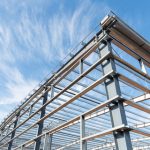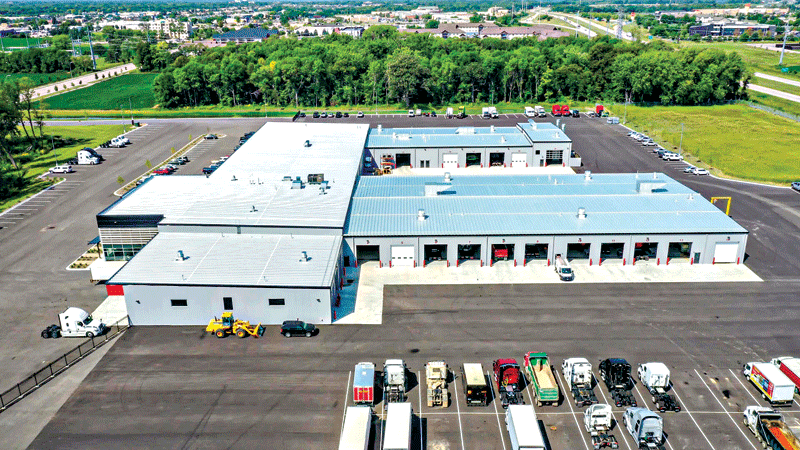
In the ever-evolving field of commercial construction, staying ahead of the curve is crucial. One technological advancement making a significant impact is the use of drones. These aerial devices are revolutionizing the way construction projects are planned, executed, and monitored by enhancing efficiency and providing accurate information.
Here is a closer look at how companies can benefit from using drones in commercial construction, with a case study focusing on Truck Center Companies’ metal building projects located in Mankato, Minn.
The role of drones in modern construction
Drones, or unmanned aerial vehicles (UAVs), have come a long way from their initial military applications. In the commercial construction sector, they are equipped with high-resolution cameras, LiDAR sensors, and other advanced technologies, making them indispensable tools. The integration of drones into construction workflows offers numerous benefits, from initial site surveys to ongoing project monitoring and final inspections.
Improved site surveys
Traditional site surveys can be time-consuming, labor-intensive, and sometimes hazardous, especially in difficult terrains. Drones streamline this process by quickly capturing detailed aerial images and generating accurate 3D maps of the site. This data provides valuable insights for initial planning and feasibility studies, allowing project managers to make informed decisions early on.
Key benefits
- Speed and efficiency: Drones can survey large areas in a fraction of the time it takes for ground-based survey teams.
- Cost-effectiveness: Reducing the need for extensive ground surveys can significantly lower costs.
- Accuracy: High-resolution imagery and advanced sensors ensure precise data collection, which is critical for planning and design.
Accurate inspections
Inspections are a critical aspect of construction projects, ensuring the work meets safety standards and design specifications. Drones can easily access hard-to-reach areas, such as roofs and tall structures, without putting workers at risk. This capability ensures thorough inspections while maintaining safety standards. Drones can also identify potential issues early, preventing costly delays and rework.
Applications in inspections
- Structural inspections: Drones can inspect steel frameworks, roofing systems, and other structural components with ease.
- Thermal imaging: Equipped with thermal cameras, drones can detect heat loss, moisture intrusion, and other issues not visible to the naked eye.
- Safety checks: Regular aerial inspections help ensure compliance with safety regulations and identify potential hazards.
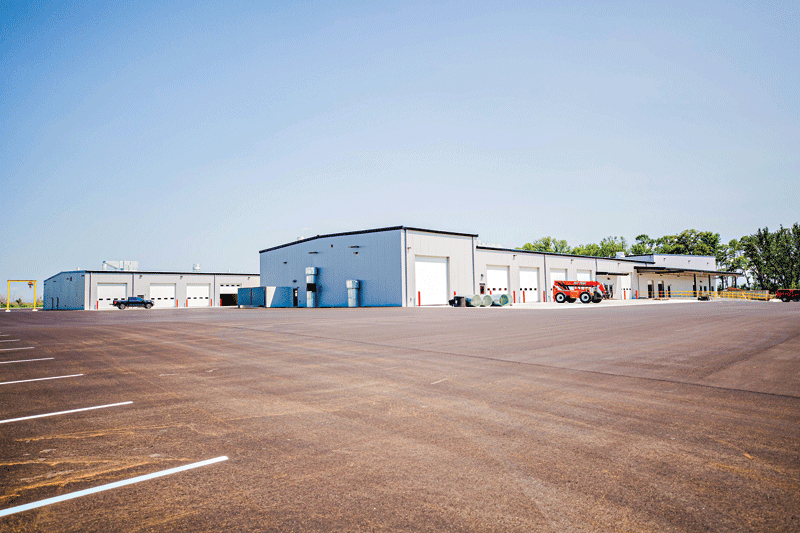
Efficient monitoring and progress tracking
Monitoring construction progress is essential for meeting project timelines and budgets. Drones provide real-time aerial views of the site, enabling project managers to track progress, identify bottlenecks, and ensure compliance with design specifications. This continuous monitoring helps keep the project on schedule and within budget.
Benefits of drone monitoring
- Real-time data: Drones provide up-to-date visuals, allowing for timely adjustments and decision-making.
- Resource management: Better visibility into site activities helps optimize resource allocation and reduce waste.
- Quality control: Consistent monitoring ensures construction quality meets or exceeds standards.
Enhanced communication and collaboration
Drones facilitate better communication and collaboration among stakeholders. The aerial footage and data collected can be easily shared with team members, clients, and contractors, ensuring everyone is on the same page. This transparency fosters a collaborative environment, reducing misunderstandings and improving project outcomes.
Communication advantages
- Visual reports: High-quality images and videos make it easier to convey complex information.
- Client engagement and experience: Regular updates with drone footage keep clients and investors informed and engaged.
- Documentation: Comprehensive visual records of the construction process support project documentation and dispute resolution.
Case study: Truck Center Companies’ facility utilizing metallic building systems
Truck Center Companies recently embarked on constructing a 9,104 m2 (98,000 sf) facility using metallic building systems. This award-winning project serves as an excellent example of how drones can enhance commercial construction.
Initial planning and feasibility study
During the initial planning phase, drones were deployed to conduct a comprehensive site survey. The aerial data collected helped create detailed 3D models and topographic maps, providing valuable insights for the project’s feasibility study. This information allowed the team to optimize the site layout and design, ensuring the project started on the right foot.
Steps taken
- Site mapping: Drones created high-resolution maps of the site, highlighting key features and potential challenges.
- 3D modeling: Advanced software converted drone data into 3D models, aiding in visualization and planning.
- Feasibility analysis: The detailed information supported a thorough feasibility study, assessing the project’s viability.
Inspecting remote areas without putting workers at risk
Throughout the construction process, drones played a crucial role in inspecting remote and hard-to-reach areas. The facility’s metal building structure required precise inspections to ensure structural integrity and compliance with safety standards. Drones enabled the inspection team to access these areas safely and efficiently, identifying any potential issues before they escalated.
Inspection highlights
- Structural integrity checks: Drones inspected the steel framework and connections for any signs of stress or defects.
- Roof inspections: Regular drone flights over the roof ensured the installation was proceeding correctly and identified any issues with roofing materials.
- Safety compliance: Drones monitored site safety, checking for proper equipment use and adherence to safety protocols.
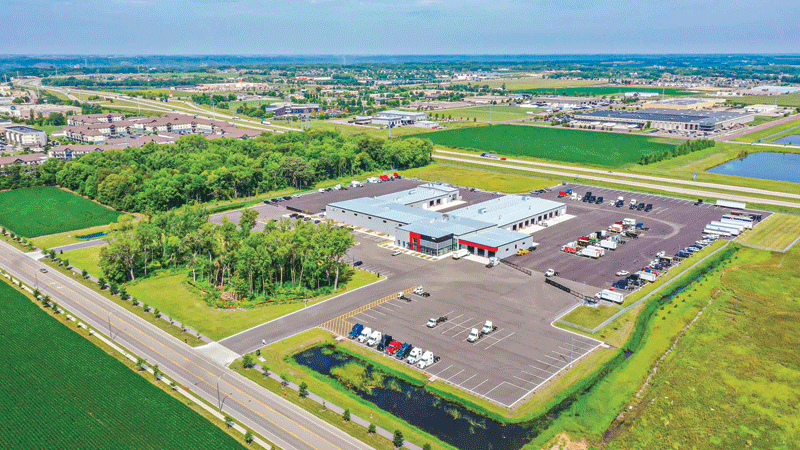
Real-time monitoring and progress tracking
Drones were also used for real-time monitoring and progress tracking. Regular aerial surveys provided up-to-date visuals of the construction site, allowing project managers to track progress, manage resources effectively, and address any challenges promptly. This proactive approach helped keep the project on schedule and within budget.
Monitoring strategies
- Weekly flights: Drones conducted weekly surveys, providing a consistent flow of data and visuals.
- Progress reports: The collected data was used to generate detailed progress reports, highlighting completed milestones and pending tasks.
- Issue resolution: Real-time monitoring helped identify and resolve issues quickly, preventing delays.
Prospects of drones in commercial construction projects
The use of drones in commercial construction is set to expand as technology advances and becomes more accessible. Prospects include:
Advanced data analytics
As drones continue to collect vast amounts of data, the role of advanced data analytics will become increasingly important. Machine learning and artificial intelligence can analyze this data to predict potential issues, optimize construction processes, and improve overall project efficiency.
Integration with BIM
Building information modeling (BIM) is a powerful tool for planning, designing, and managing construction projects. Integrating drone data with BIM systems can enhance project visualization, improve design accuracy, and streamline construction management.
Autonomous drones
The development of autonomous drones that can operate without human intervention promises to further revolutionize construction. These drones could conduct regular site surveys, inspections, and monitoring tasks, providing continuous real-time data and insights.
Environmental monitoring
Drones equipped with environmental sensors can monitor air quality, noise levels, and other environmental factors on construction sites. This capability supports compliance with environmental regulations and helps minimize the project’s ecological footprint.
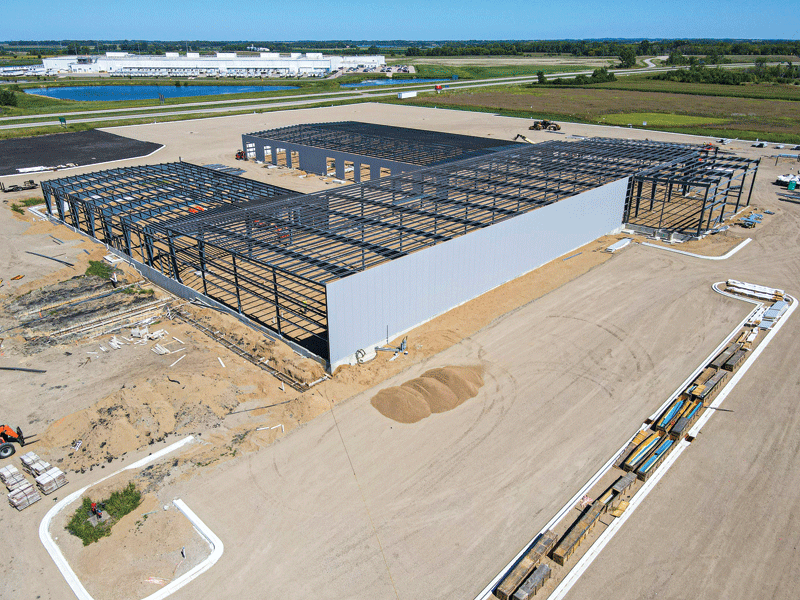
Conclusion
The use of drones in commercial construction is transforming the industry by enhancing efficiency, accuracy, and safety. As demonstrated by Truck Center Companies’ project, drones offer valuable benefits from initial planning to final inspections. This project was recognized as one of the 2024 Building of the Year winners by the Metal Building Contractors & Erectors Association (MBCEA).
Embracing this technology is essential for construction companies looking to stay ahead of the curve and deliver successful projects in today’s competitive landscape. By integrating drones into their workflows, construction professionals can streamline processes, improve communication, and achieve better project outcomes. As technology continues to evolve, the potential applications for drones in commercial construction will only expand, paving the way for a more innovative and efficient industry.
Drones are not just a tool but a pivotal component in modern commercial construction, driving the industry towards a future where precision, safety, and efficiency are paramount.
Helen Bednar is the creative director at APX Construction Group, with more than 10 years of experience in the construction and design industry. Renowned for her creativity, content creation, and strategic vision, Helen leads the design team, ensuring each project is both aesthetically stunning and highly functional. She can be contacted on LinkedIn at linkedin.com/in/helenbednar/ or by email at helenb@apxconstructiongroup.com



